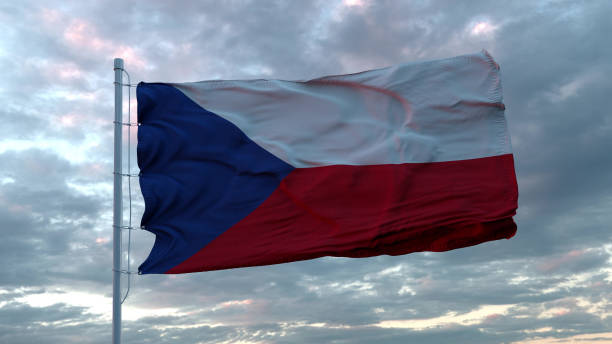
The Government of the Czech Republic, through the Ministry of Energy, has published an action plan for the development of geothermal energy for heating applications, alongside other strategies for strengthening the country’s energy security and reducing dependence on fossil fuel imports.
The Action Plan (accessible via this link) focuses specifically on the development of low-potential renewable heat and waste heat. This covers geothermal heat, ambient heat (air and water), and low-temperature waste heat, with heat pumps as an essential complementary technology.
To search for promising areas for the use of geothermal energy, the Czech Geological Survey, a state subsidized organization of the Ministry of the Environment, has maps of subsurface temperatures. Based on the current version of the document, “Development of the use of geothermal energy in the Czech Republic,” the potential of geothermal energy in the Czech Republic is sufficient for the gradual replacement of a significant part of primarily small and medium-sized sources (0.1-20 MW) in thermal energy supply systems.
Also of interest to the Czech Geothermal Energy Commission is the use of water from flooded mine shafts to harness geothermal energy, as well as the storage of excess heat using borehole thermal energy storage (BTES).
The current status and potential of geothermal in the Czech Republic
Currently, there are only four deep wells used for geothermal heat supply in the Czech Republic – in Decín, Ústí nad Labem, Mušov, and Pasohlávky. The Decín well supplies about 35% of the heat supply in the network to which it is connected, and is the only major operating source of geothermal energy for thermal supply networks in the country. The Mušovv and Pasohlávky wells suppy to nearby aquaparks and are not connected to any thermal energy network.
In contrast, there are already around 30,000 small ground water heat pumps installed in the country, connected either to surface collectors or shallow well systems. Thus, the country has substantial expertise in this technology and public awareness of it is already at a high level.
The Czech Geotechnical Society has estimated the technical potential of shallow geothermal energy in Czech Republic to be about 300 GWt, while deep geothermal energy is at the higher hundreds of MWt. However, the 350 usable boreholes for temperature measurement is considered insufficient for a more accurate estimation of geothermal potential.
Recommendations for future development
In general, comprehensive support for the development of low-potential renewable heat and waste heat is highly recommended, as high-potential heat (from biomass, biogas, etc.) currently predominates among renewable energy sources. The development of low-potential heat thus represents a largely untapped opportunity.
Geothermal energy is considered as an option to transition thermal energy networks from current fossil fuel sources. This is more viable in smaller networks, considering the limitations of low-temperature geothermal resources.
Many conflicts are being anticipated in the further growth of geothermal, particularly relating to topics of public interest (protection of water sources and medicinal resources, protection of karst areas, mining works or landslide risks, etc) and possible distrust of residents. These conflicts will need to be resolved through a transparent and evidence-based approach, similar to current efforts of the Ministry of the Environment for wind and photovoltaic projects.
Reducing the risk of drilling appears is essential for the development of deep geothermal energy, for which practices abroad (e.g. France) and the use of a certain type of revolving funds or insurance to cover the risk of failure of the first well need to be explored. Furthermore, it is necessary to significantly increase the level of current knowledge of geothermal energy within the Czech Republic, including by increasing the network of exploratory wells.
Source: Ministry of Energy

